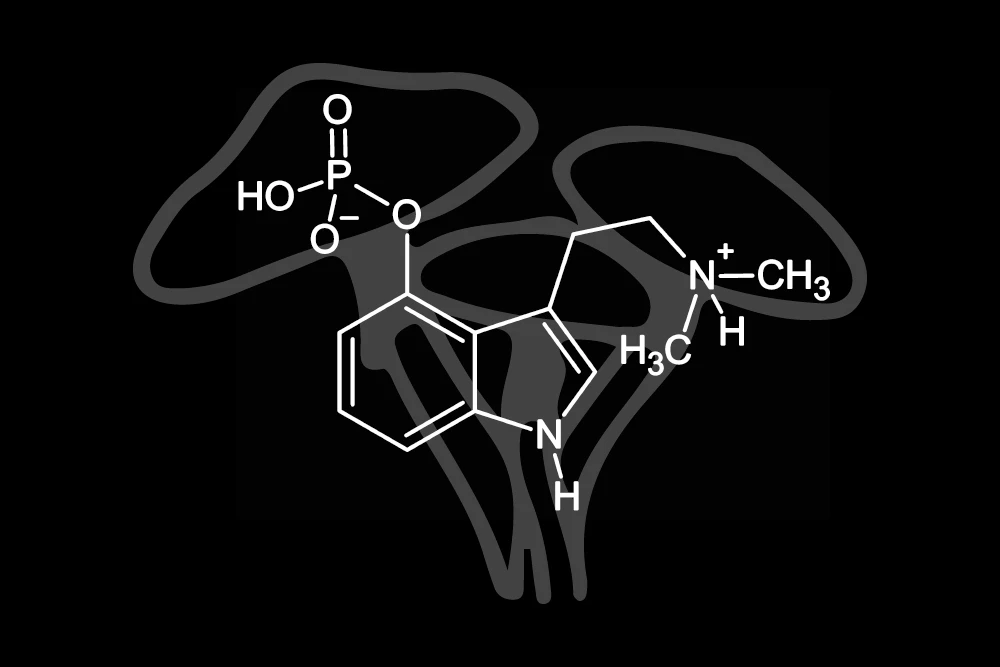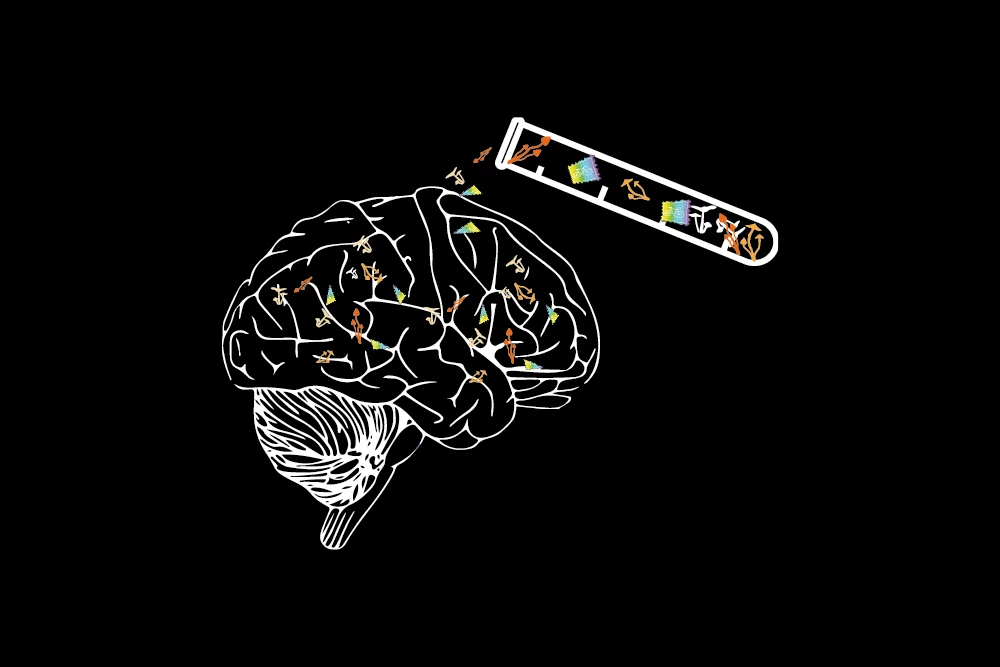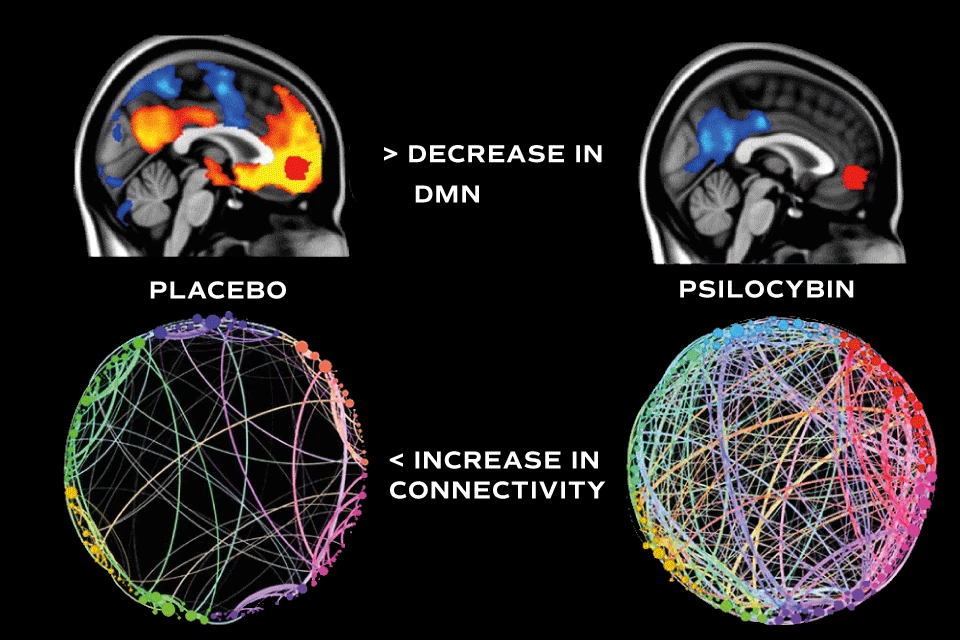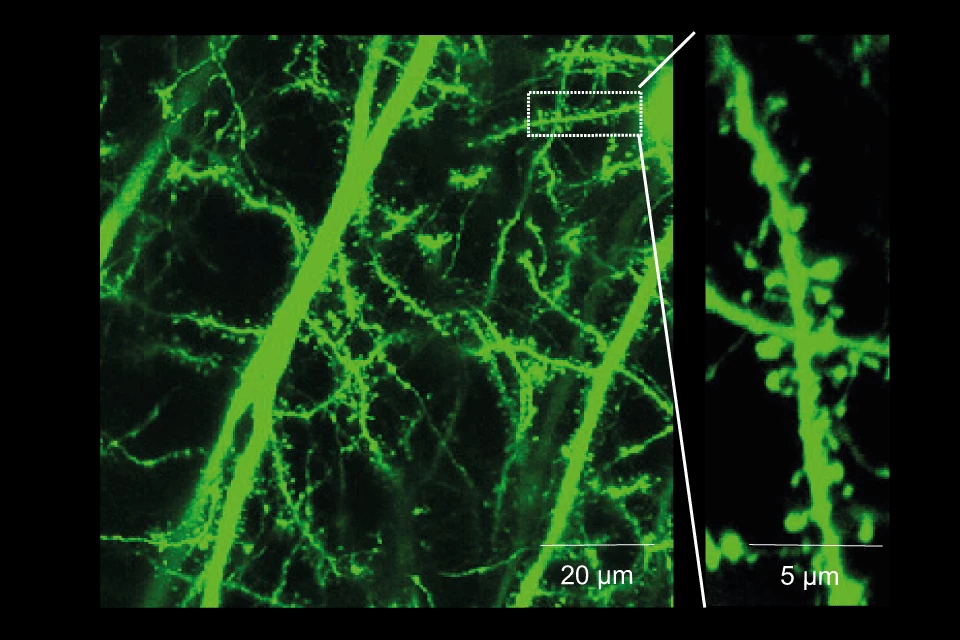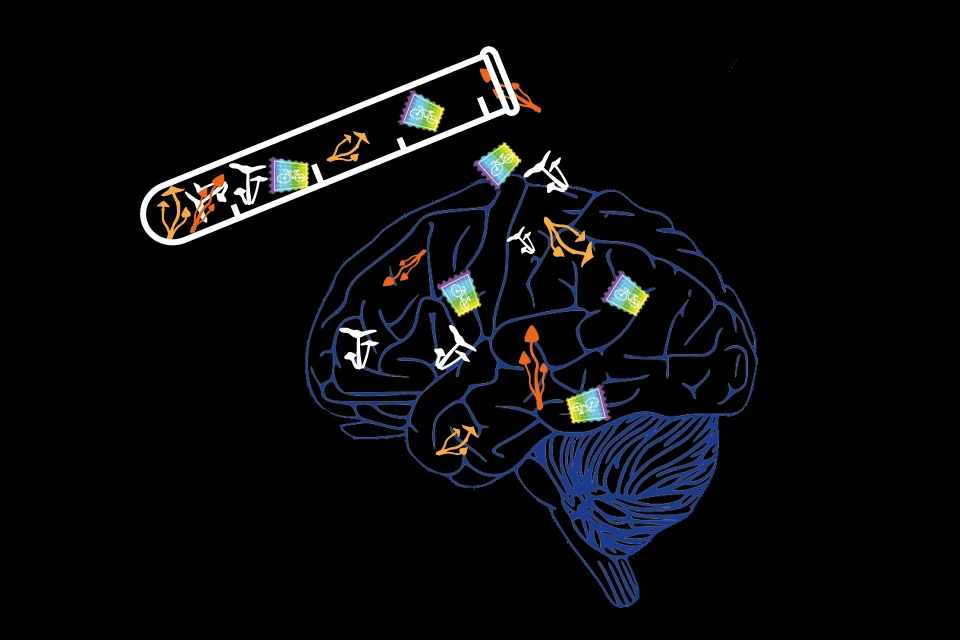
Magic Mushrooms: A Brief Introduction
Magic mushrooms, often referred to as psilocybin mushrooms or psychedelic mushrooms, are naturally occurring fungi that have been used for centuries in spiritual and cultural practices. These mushrooms contain psilocybin, a compound that can alter perception, mood, and cognition, leading to profound psychedelic experiences.
Blog under construction - we are updating the page for you
Here, you’ll find the most up-to-date information on magic mushrooms, including topics like the history of psilocybin mushrooms, their modern therapeutic uses, and how to microdose safely. We also explore the different species of magic mushrooms, highlighting their unique effects, as well as the latest research on psilocybin and its benefits for mental health and overall well-being. Additionally, you’ll learn practical tips for cultivating magic mushrooms, understand their legal status in various regions, and, most importantly, discover how to use our Psilocybin-Qtest to accurately measure the potency of psilocybin in magic mushrooms.

Introduction

Chemistry & Phamacology

Cultivation & Growing

Microdosing

Medical Applications

Latest in Science

Potency & Testing
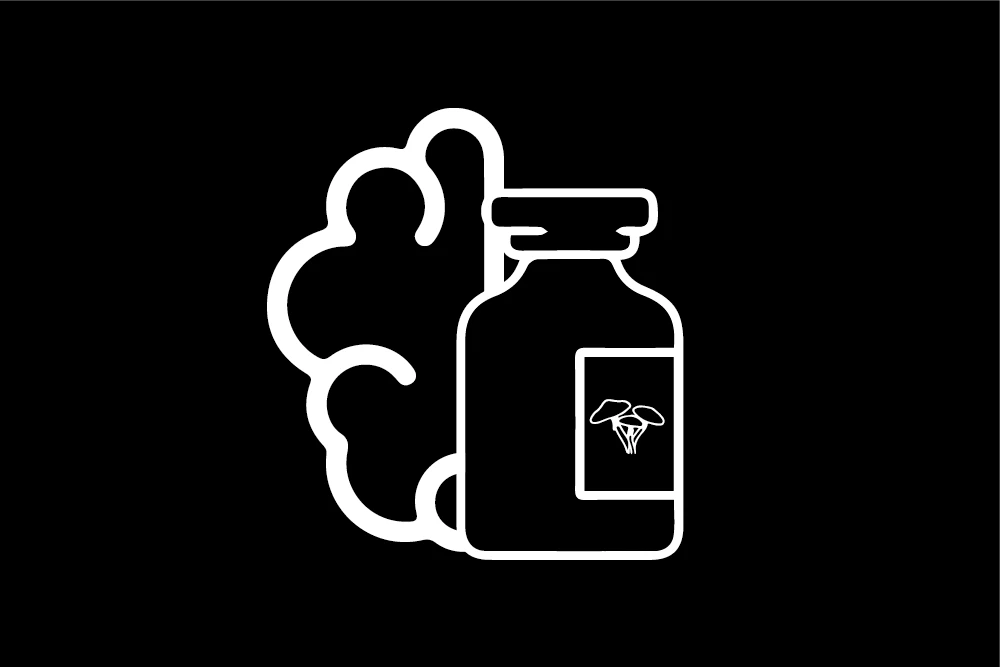
Dosage & Effects

Magic Mushrooms vs. Other Psychedelics

Edibles & More
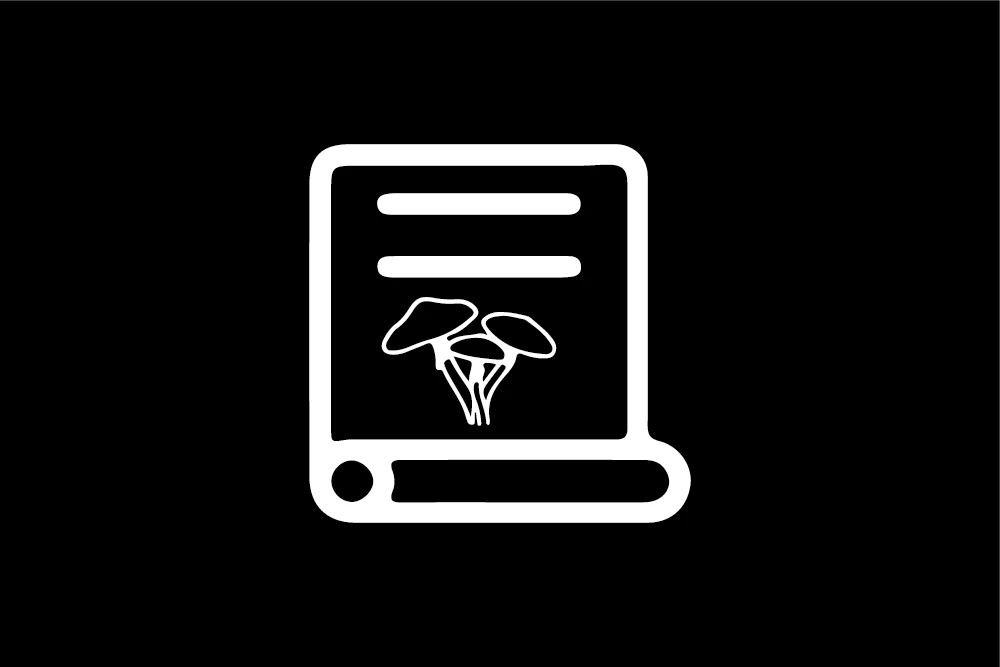
History & Culture
FAQ: Frequently asked questions about magic mushrooms
Psilocybin interacts with the brain's serotonin system and can affect cognition, mood and thought processes. Pharmacologically, Psilocybin is mainly a 5-HT2A-Receptor Agonist, and it is known that this mechanism is mainly responsibly for the Effects of Psilocybin. For a detailed explanation of the dosage of psilocybin, and the associated effects, read our blog "Psilocybin - Chemistry, pharmacology, dosage and effects''.
Growing your own magic mushrooms requires careful preparation and knowledge of mycology. Good preparation and appropriate hygiene are essential for a successful harvest. Discover the basics of growing and how to grow your own magic mushrooms with our blog "Basics of growing magic mushrooms" (available soon).
The legal situation regarding psilocybin varies considerably around the world. In Germany, possession of dried magic mushrooms and psilocybin is illegal. In the Netherlands, howevr, you can buy so-called “magic truffles” in Smartshops. In the USA, more and more states legalize Psilocybin for therapeutic purposes. With our blog "The legal status of magic mushrooms and psilocybin" (available soon) you can find out about the current legal situation in different countries.
Many clinical studies are investigating the use of psilocybin for the treatment of depression and other mental disorders. There are also a few centers, so-called ‘Psilocybin retreats’, where magic mushrooms and psilocybin are used therapeutically. Read more about psilocybin therapy in our blog "Magic Mushrooms and Psilocybin in Therapy"(available soon). In addition, our blog "Scientific research on magic mushrooms and psilocybin" (available soon) provides information on current clinical and scientific studies on magic mushrooms and psilocybin.
Microdosing refers to the ingestion of extremely small, so-called subhallucinogenic doses of a psychedelic such as magic mushrooms / psilocybin. Microdosing can potentially increase creativity and well-being without inducing a psychedelic trip. However, it is not free from risks and side effects.
Psychedelic mushrooms have a long history in spiritual and cultural practices around the world. Many ancient civilizations used the psychoactive mushrooms as medicine or as a way to communicate with the gods. The effects of consuming psychedelic mushrooms can still be seen today in some buildings and works of art. Find out more about the history of magic mushrooms in our blog on this topic!
Psychedelic mushrooms, commonly known as “shrooms”, and magic truffles (Sclerotia) both contain the psychoactive substances psilocybin and psilocin, but differ in their shape and growth process: magic mushrooms are the fertile parts of mushrooms that grow above the ground and have a typical mushroom shape with a stem and cap. Truffles, on the other hand, are the underground growth of some mushroom species and serve as an energy store for the mushroom. They are usually harder and denser than the fertile parts.
Magic mushrooms are a natural product, compared to LSD and 2C-B, which usually have to be chemically produced. Although these substances are classified as psychedelics or hallucinogens, there are some differences in terms of their chemical structure and modes of action. Read our blog "Shrooms vs. other psychedelics - A comparison" (available soon) to understand the differences between magic mushrooms, LSD, 2C-B and other drugs.
"Full-spectrum" magic mushrooms refer to psychedelic mushrooms that contain not only psilocybin, but a variety of other psychoactive substances such as tryptamine alkaloids and ß-carbolines. This combination of ingredients can lead to a so-called "entourage effect", a phenomenon that is also known in connection with cannabis. It is assumed that the various substances work together and create a more complex, possibly more intense experience than the individual components would have on their own. This effect could also influence the therapeutic efficacy of mushrooms and offers an exciting starting point for further research. Find out more about this in our blog "Entourage effect: the potential of full-spectrum magic mushrooms" (available soon)!
Magic mushrooms vary in potency (the concentration of the main active ingredient psilocybin), both between different species and within mushrooms of the same species. It is extremely important to keep this in mind, as 1g of mushrooms can trigger both weak and very strong trips. To know exactly how much psilocybin your magic mushrooms contain, you can analyze them with the miraculix PSILO-QTest! This scientifically validated test enables everyone to make a safe and self-determined decision.

